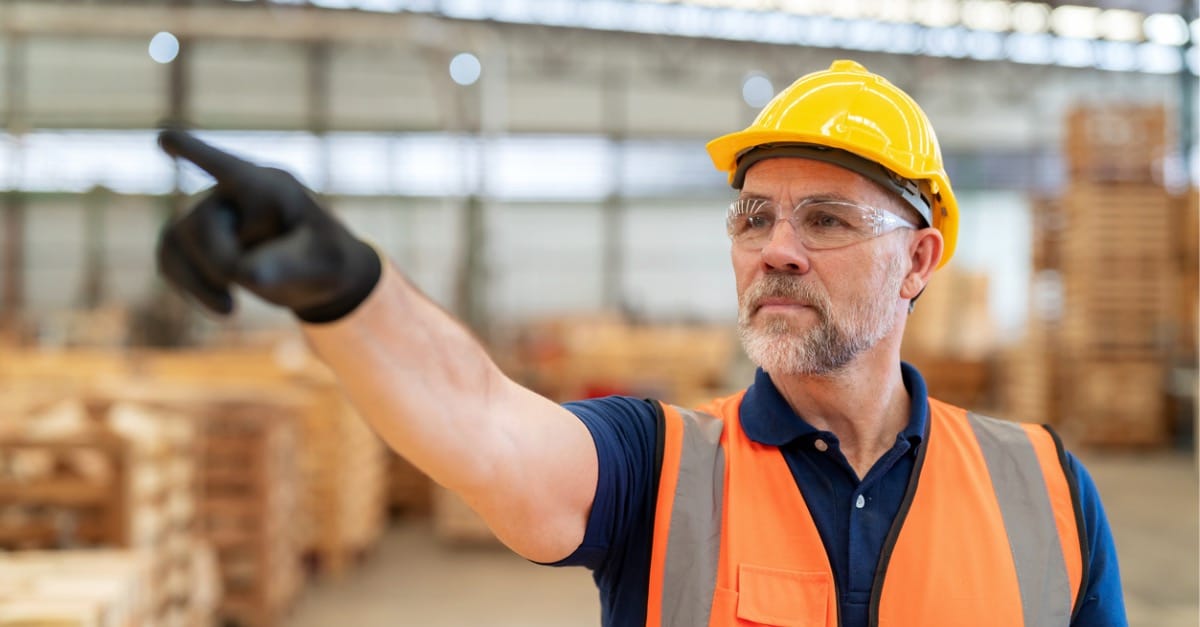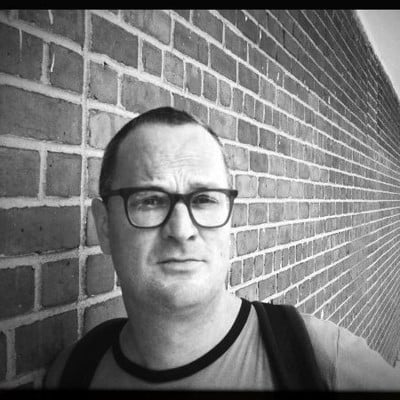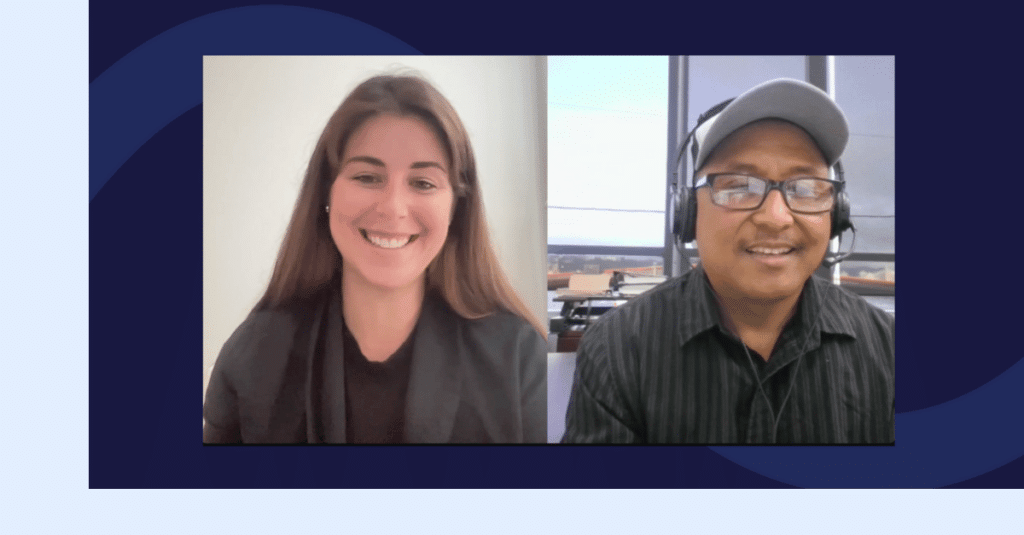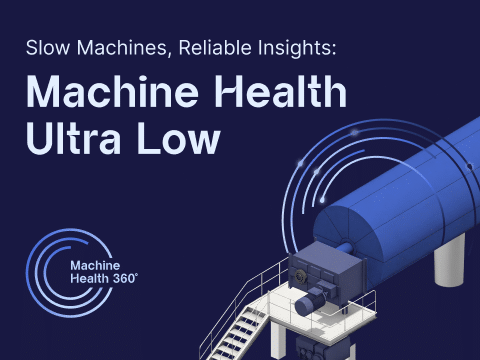
There’s always buzz around Augury’s AI. Now, this reputation will only ramp as its Machine Health algorithms apply Continuous Learning thanks to rich – and accurate – training data created by Generative AI. This is big news for manufacturing in terms of increased accuracy, scalability, and customization. In other words: “This is a huge milestone in our journey towards expert-level AI.”
You didn’t need a special sensor to pick up the vibe: something was afoot at Augury. There was a buzz in the air – and on Slack. What was happening? Was there a partnership announcement? Was there an IoT breakthrough? Had the wall between Maintenance & Operations finally been smashed once and for all? Did Augury figure out how to measure success now that unplanned downtime is obsolete?
A Powerful New Capability: AI That Continuously Learns
As it turned out for this time, Augury’s Machine Learning Operations (ML Ops) and AI teams had created a Continuous Learning system for its Machine Health algorithms, using a large language model (LLM) to process highly valuable insights on the Machine Health platform. This highly-rich training data includes all the customer-generated content like repairs, feedback, fault diagnoses and related comments, as well as fault misses.
“This is a huge milestone in our journey towards expert-level AI,” summarized Augury’s VP of AI and Physics Assaf Barak. “Having a continuously learning and improving AI system that gives accurate insights in real-time and impacts the user has been the holy grail, and we are now starting to see it happening in Machine Health for the first time. This is amazing.”
“This is like the next evolution,” adds James Newman, Augury’s Director of Product and Portfolio Marketing. “The whole goal of Augury has always been to drive scale: not just for customers, but for us. And the only way you can do that is by continually improving how the AI can replicate what humans do.”
This process has allowed us humans to become progressively more specialized. For instance, in the beginning, we only saw birds and bees. We could only later separate the sparrows from the chickadees and the bumble bees from the killers.
Live. Learn. Specialize. Develop Expertise
Continuous Learning is a data science method in which a machine-learning model is continually exposed to new data, allowing it to develop and improve over time.
Sound familiar? It should. Humans do something similar by collecting and discarding knowledge based on real-world experience. Though, admittedly, some humans are better at improving over time than others.
Regardless, this process has allowed us humans to become progressively more specialized. For instance, in the beginning, we only saw birds and bees. We could only later separate the sparrows from the chickadees and the bumble bees from the killers.
Indeed, while Continuous Learning has already been applied in healthcare to predict patient outcomes and disease outbreaks and in finance for fraud detection and risk analysis, it can now be used to provide more accurate and consistent predictions on the health of manufacturing machines and to respond more quickly to specific customer needs.
This approach to scanning for signatures differs from other Machine Health Solutions, which are purely threshold-based systems – setting off an alert when a particular variable, such as a higher temperature, is breached.
A Grand Library Of Machine Music
Augury has built an unparalleled repository of machine-related data. Its algorithms can now be trained on over 450 million machine hours across over 100 types of machines and dozens of industries. This sheer mass of data has given Augury the ability to provide Guaranteed Diagnostics™ that are over 99.9%+ accurate.
“Think of that data as a repository of every piece of music ever created”,” says Hari Viswanathan, Augury’s Director of Product Marketing. “Every machine has music coming out of it in the form of vibration, temperature, and magnetic flux data. And while most failures in machines are unique, there are similarities. Over the last dozen years, our VAs, vibration analysts, have been tirelessly labeling spots with a familiar pattern – for instance, bearing wear. We call these patterns ‘features’, but you can also regard them as musical chords of sorts. And we are always scanning – or listening, if you will – for specific chords that mean specific things. Yes, there might be variations between machines and in different situations – like the variations of those four same chords we hear in pop music – but it will remain that basic chord.”
This approach to scanning for signatures differs from other Machine Health Solutions, which are purely threshold-based systems – setting off an alert when a particular variable, such as a higher temperature, is breached.
And now, Augury’s patented “listening” approach has been turned up to 11.
The LLM doesn’t just collect this information, it cleans it up, sorts it, creates new connections, and makes new labels to tag the data on which the algorithm can be trained. It’s like going from knowing a few basic chords to understanding all music.
A Whole New Level Of Wow
In the past, these new VA-sourced labels were packaged together regularly, along with customer response feedback as they repaired the problem, to retrain the model. It was all very “manual”.
“Now incredibly,” enthuses Hari, “we’ve used generative AI in the form of an LLM, a large language model, to automatically take that corpus of information that’s in the platform – basically all the communication related to a particular repair – and relabel everything in terms of specific repairs done on specific machines. In other words, the LLM doesn’t just collect this information, it cleans it up, sorts it, creates new connections, and makes new labels to tag the data on which the algorithm can be trained. It’s like going from knowing a few basic chords to understanding all music.”
“And let’s be clear,” adds James. “Until now, GenAI has been noisy. You could not trust it – because its knowledge source was usually the hysterically unreliable internet. No wonder it hallucinated. But we are basing our LLM on our own already trustable AI and database. Quality in, quality out.”
What is already true for Structural Mechanical Looseness, the same will soon be true in finding the different core causes for Bearing Wear, Anomaly Detection, Rotational Mechanical Looseness, etcetera.
Endless Encores: Recognizing More And More Core Causes
So what does Continuous Learning mean in the real world of the factory floor? Hari explains: “Here’s an example. Historically, we had one fault type covering Structural Mechanical Looseness – that’s basically when a machine is shaking too much,” says Hari. “Now, because we went through this relabeling process, the LLM could pull out two distinct faults: either it’s not bolted to the ground properly, or the bearing inside is somehow broken. These are two very different types of failures. So now we can drastically increase the specificity around our fault diagnosis.”
“In other words, what is already true for Structural Mechanical Looseness, the same will soon be true in finding the different core causes for Bearing Wear, Anomaly Detection, Rotational Mechanical Looseness, etcetera.”
How To Monitor Infinite Machines Without Losing Accuracy
“Augury originally started with the idea that we wanted to make our AI the basic equivalent of a Category 1 vibration analyst,” says James. “We wanted the AI to be smart enough to eliminate the grunt work of vibration analysis. Namely, you don’t have to go through endless data looking for problems since we’ll tell you where these problems are. You also don’t have to figure out which spectrums matter. We’ll show them to you. But now, with Continuous Learning, we can go beyond that and be even more specific.”
This does mean that the role of the VA is shifting. “As the algorithms become more accurate and specific, rather than VAs spending time reviewing the algorithms outputs, they can spend more time ensuring the best inputs,” says Christian Smith, Augury’s Manager of Reliability Operations. “They can ensure the digital twin is truly identical and the algorithms are set up for success. It also means they can spend more time with our customers, providing consultation on subjects from asset selection to maintenance practices.”
And with this capability of Continuous Learning, we will not only know what’s important for all machines, but what’s important for your machines.
“Our VAs will also remain our greatest source of learning,” adds James. “However, with the increased expertise of the AI, all VAs can now be expert VAs all the time. They no longer have to do the middle-ground work of deciding if something is important; the algorithm will cover that.”
“And with this capability of Continuous Learning, we will not only know what’s important for all machines, but what’s important for your machines.”
So, now you have the benefits of both the generic model as crowdsourced from all of Augury’s customers, and we can now also build unique and customized models.
What We Mean When We Talk About Scale
“We were already awesome at diagnosing generically,” says James. “But now we can be awesome at winnowing down to the specific needs of individual customers because now the AI is learning from the customer’s in-house experts – those doing the actual repairs. And with our VAs having to do less verification and validation, they can cover more machines while diving deeper into specific problems. Their work will only become more specialized,” says James.
“So, what does this mean in terms of scale? On one level, nothing changes: you know our AI can help you no matter where you are in the world,” says James. “But on another level, if something about you is out of the norm, our AI already knows it. Because your expert logs have taught it what to do. So, now you have the benefits of both the generic model as crowdsourced from all of Augury’s customers, and we can now also build unique and customized models. We’ve now broken both these barriers. Nobody else can do both. In fact, I’d be interested in being shown a company that has done either at any measurable scale.”
Learn more about how AI and other advancements are putting manufacturers back into the driving seat.




